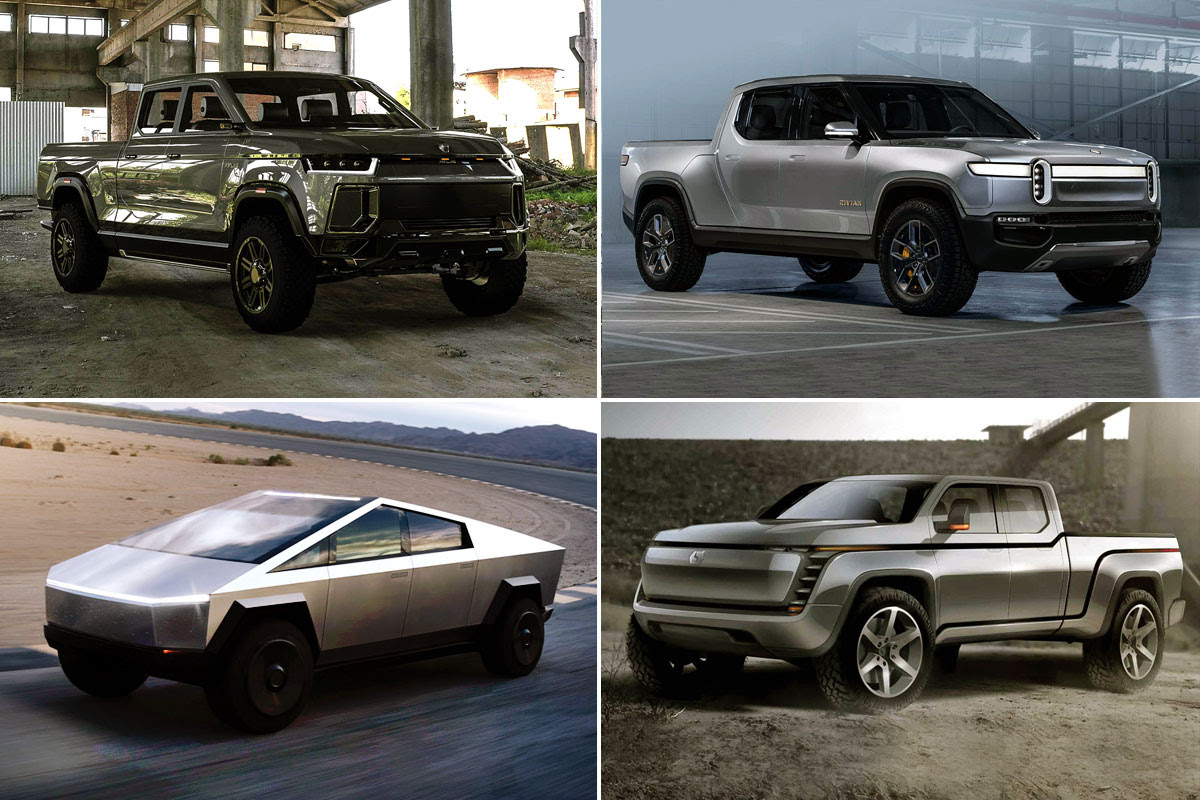Electric motors may seem like an aberration to some environmentalists, but for Americans, electrifying these large vehicles is the way to progress in the fight against climate change.
Yet pickup trucks require larger batteries, inflating the carbon footprint of their manufacture. They are also heavier and consume more energy, a problem as long as the electricity is not 100% renewable.
“The carbon impact of an electric vehicle increases almost proportionally to its weight,” said the French Agency for Ecological Transition (Ademe) in early October. But we have to be pragmatic, the Americans reply. The best-selling vehicles in the country are Ford’s F150 pickup, Chevrolet’s Silverado (General Motors) and Ram (Stellantis), followed by Toyota’s RAV4 SUV.
“That’s the current state of the U.S. market,” observes Luke Tonachel, clean vehicle program manager for the U.S. Environmental Association NRDC. “And that’s not going to change right away.” The key, he says, is “to eliminate pollution from the tailpipes of all vehicles as quickly as possible.
It may even make sense to start with the biggest emitters in their thermal versions. During visits to manufacturers, President Joe Biden had no qualms about testing electric versions of GM’s big Hummer or Ford’s F-150.
Americans have become accustomed to vehicles “with big trunks and height,” recalls Alan Amici of the Center for Automotive Research. “I don’t expect a return to sedans.”
There is a decline in demand for small vehicles, as U.S. automakers have sharply cut back on this category, preferring pickups and SUVs with higher margins. Americans have a different relationship with their cars than Europeans, says Bertrand Rakoto, an analyst for Ducker, a Frenchman living in the United States.
Americans “use their pickups to transport furniture, to entertain themselves by going hunting or camping”; with fewer vacations, “they go away more often on weekends”; and they evolve in large spaces. Advertisements often show these vehicles driving off paved roads.
Some motorists also fear that driving a small car surrounded by large vehicles will make them more vulnerable in the event of a collision. Even if they use their cars mainly for short trips, many users are still reluctant to use cars that cannot drive very long distances.
For GM, the ambition is to electrify the entire fleet,” says Kristen Siemen, GM’s director of sustainability. The automaker currently markets both an electric version of its massive GMC Hummer and the small Chevy Bolt, and recently unveiled one of its popular Equinox SUV. “We want to have products that fit every customer’s needs,” and every budget, Siemen says.
Americans who want them can look to the smaller electric models offered in the U.S. market by Asian and European manufacturers. Still, larger vehicles are gaining ground around the world.
According to the International Energy Agency (IEA), about half of the vehicles offered in major markets in 2021 were SUVs, well ahead of small (10%) and medium (23%) models. In the U.S., small cars accounted for only 2% of models offered.
The general trend toward SUVs is worrisome because they consume more energy, whether fossil or electric, notes Benjamin Stephan, transportation specialist for the NGO Greenpeace. “Obviously, an electric pickup will have a smaller carbon and environmental footprint than a fossil-fuel pickup,” he says. “But you can also reduce your footprint by having a smaller car or no car at all.”
Senior auto industry representatives “are always more willing to discuss our demands on accelerating the transition to electric, but they don’t take us seriously when it comes to SUVs,” he says. However, according to him, if we really want to limit the rise in temperature, “we must use all the levers at our disposal”.



Comment here